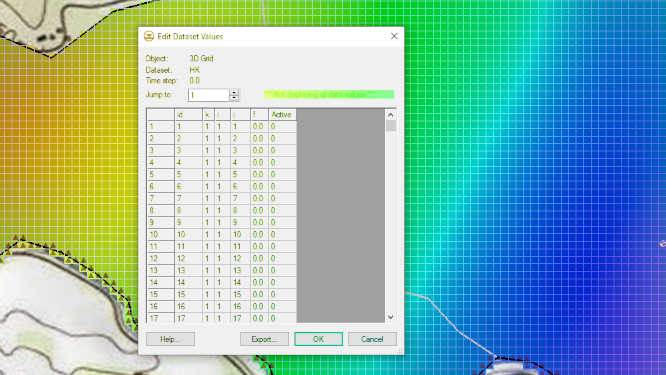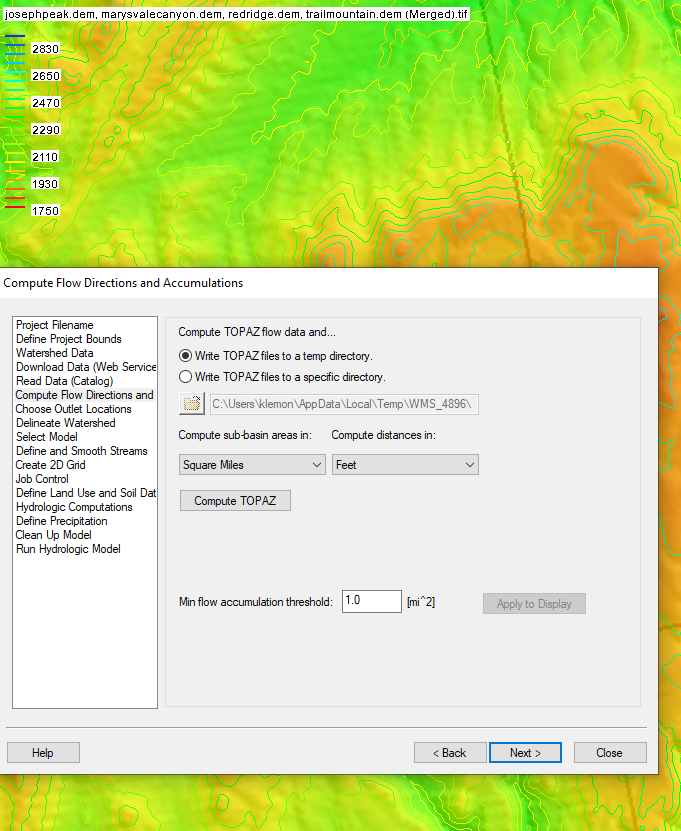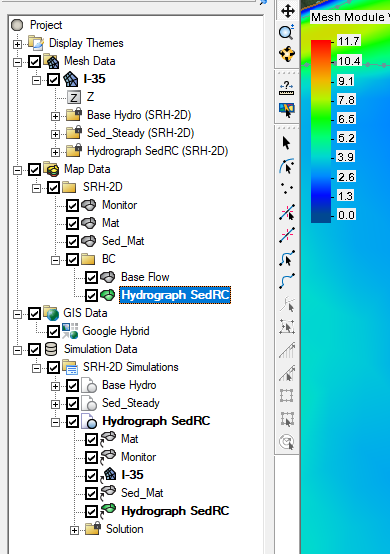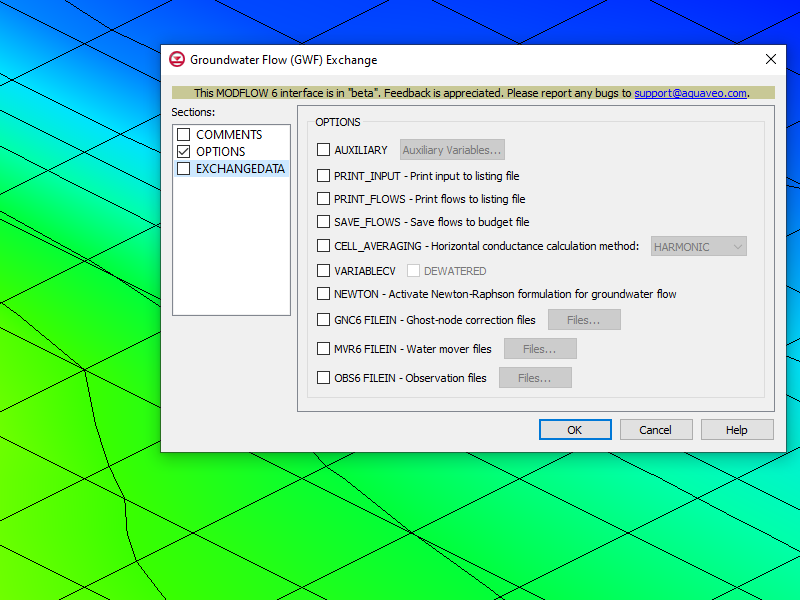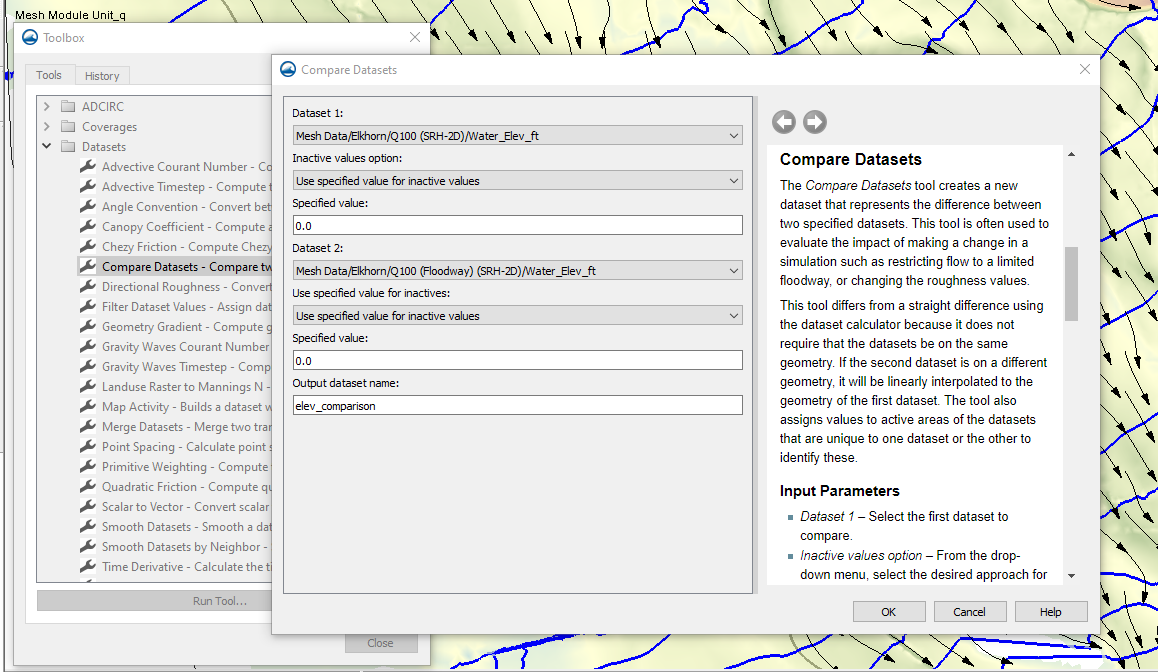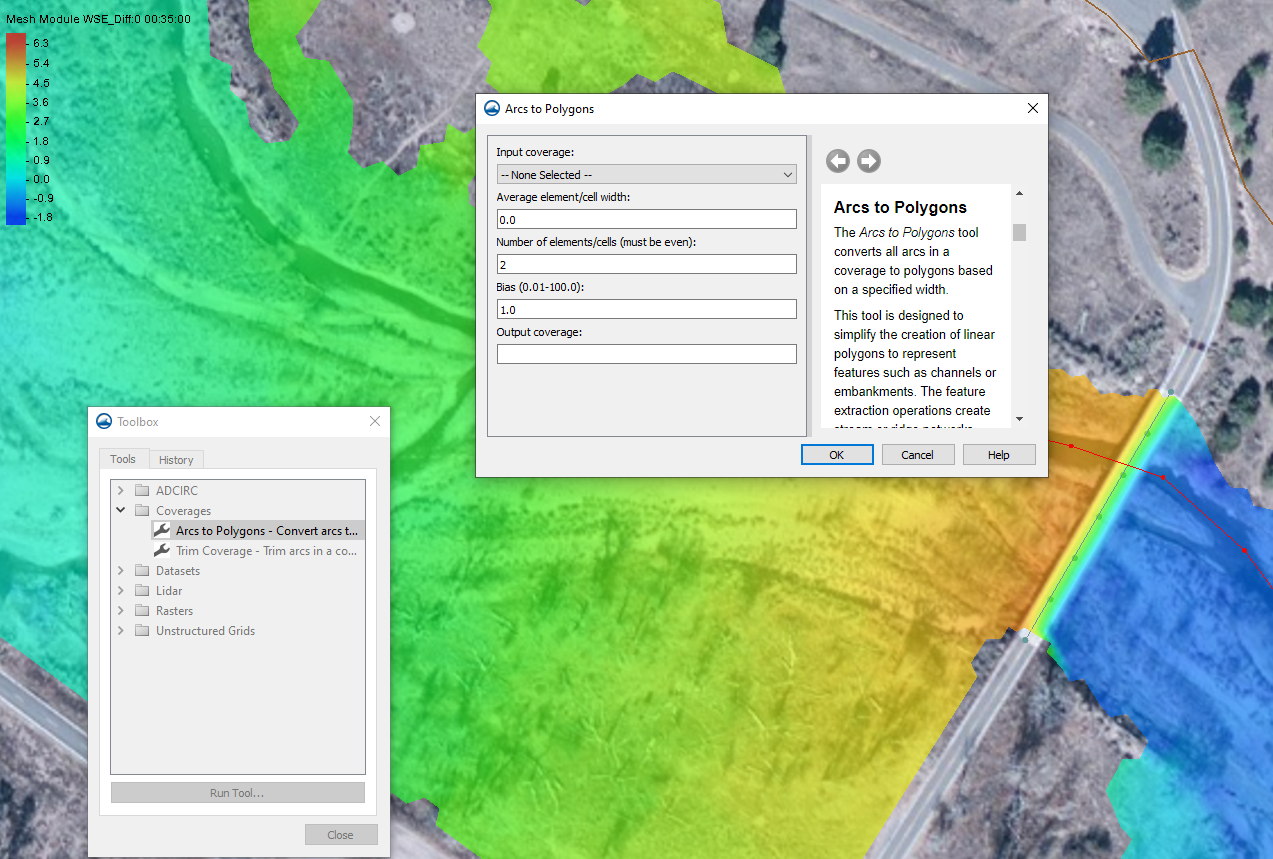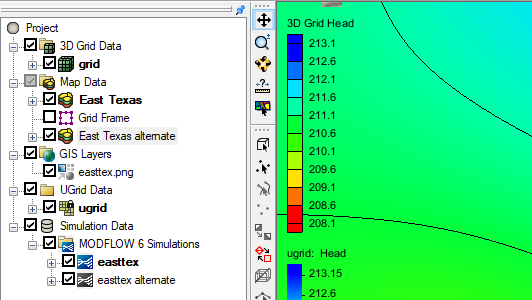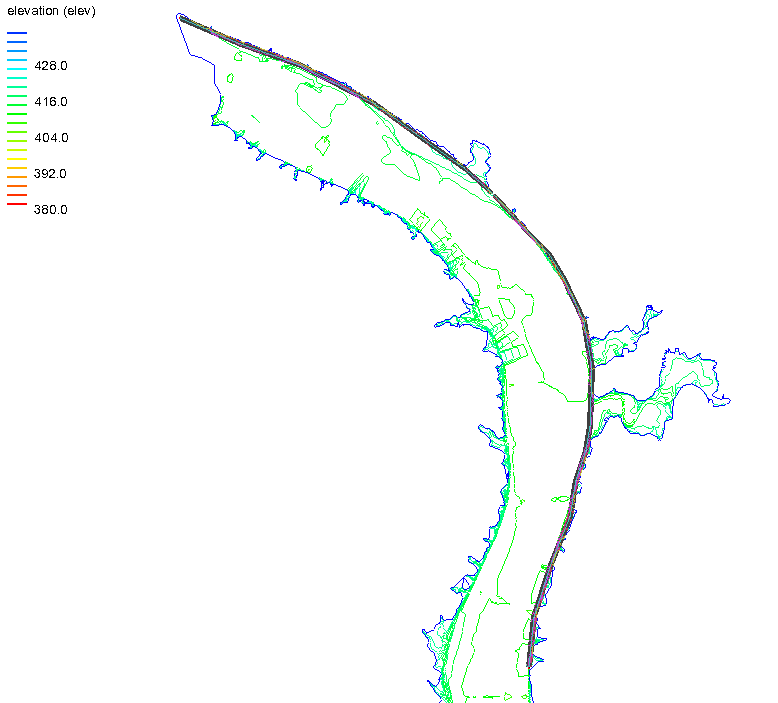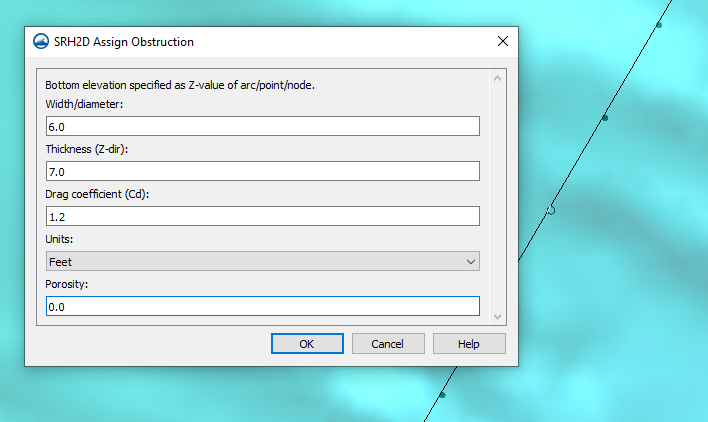Reducing Scour in SRH-2D Sediment Transport
By aquaveo on April 6, 2022Do you have an SRH-2D sediment transport model that has an unreasonable amount of scouring? There could be several different issues in your model that are causing unreasonable scouring, however, SMS contains several different ways to fix this issue. This article will cover how to limit scouring so it is put to extremes in your model.
- Review the sediment loading on your boundary conditions for the sediment transport model. Double-click on one of your boundaries to check your sediment boundary conditions to review how the sediment loading has been defined. In the SRH-2D Assign BC dialog check and update the Sediment inflow section if needed.
- For your sediment transport SRH-2D simulation, go to SRH-2D Model Control and select the Sediment tab. Review the Particle diameter threshold section to make certain that the sizes are reasonable. Often having diameters that are too large causes scouring.
-
Another place to review is the SRh-2D sediment material coverage. Right-click on the click Materials List and Properties. Under Gradation Curve, right-click on one of the materials and select click Edit Curve to bring up the Gradation Curve dialog. Review the gradation values and check for inconsistencies. Remember that the values need to be scaled from the smallest sand to the largest boulder. It is important to remember that the maximum number of functioning rows only goes up to nine. Any more than this will cause inconsistencies to appear.
When the values that are entered in the Sediment Gradation Parameters are put to extreme values this is what will often cause the deep scour you may see in your model. A regular model will be smooth with very little deviation. A helpful resource to use if things are still not clear is the USBR website. They have example problems that you can follow.
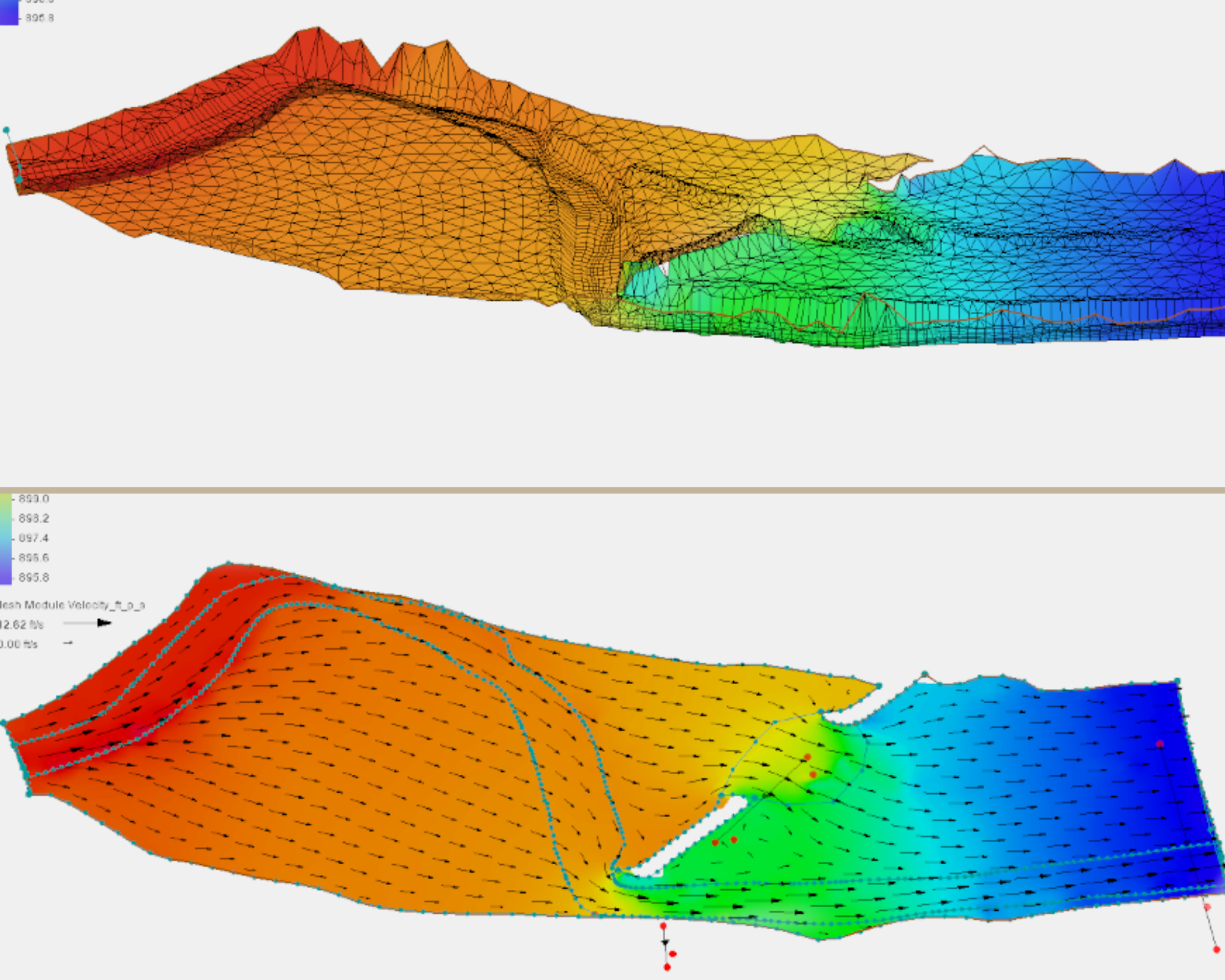
These are just some of the tips for reducing scouring in your SRH-2D sediment transport models. For additional support for sediment transport with SRH-2D contact our technical support team. Try out SRH-2D with sediment transport in SMS 13.2 today!
